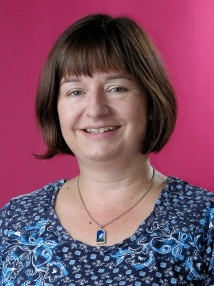BibTex format
@article{Weiss:2016:10.1016/j.sab.2016.02.011,
author = {Weiss, Z and Steers, EBM and Mushtaq, S and Hoffmann, V and Pickering, JC},
doi = {10.1016/j.sab.2016.02.011},
journal = {Spectrochimica Acta Part B: Atomic Spectroscopy},
pages = {81--89},
title = {The use of radiative transition rates to study the changes in the excitation of Cu ions in a Ne glow discharge caused by small additions of H-2, O-2 and N-2},
url = {http://dx.doi.org/10.1016/j.sab.2016.02.011},
volume = {118},
year = {2016}
}

